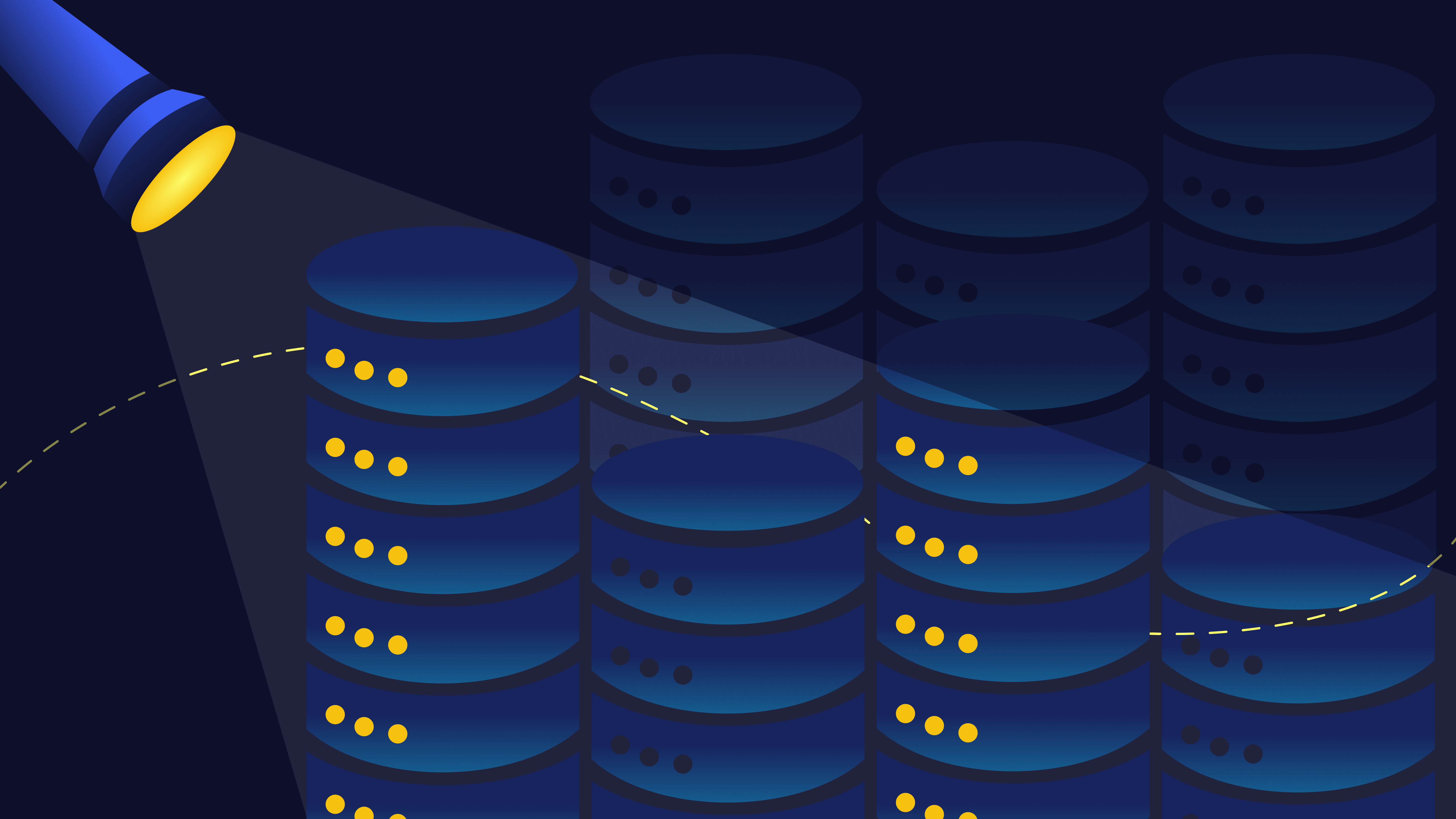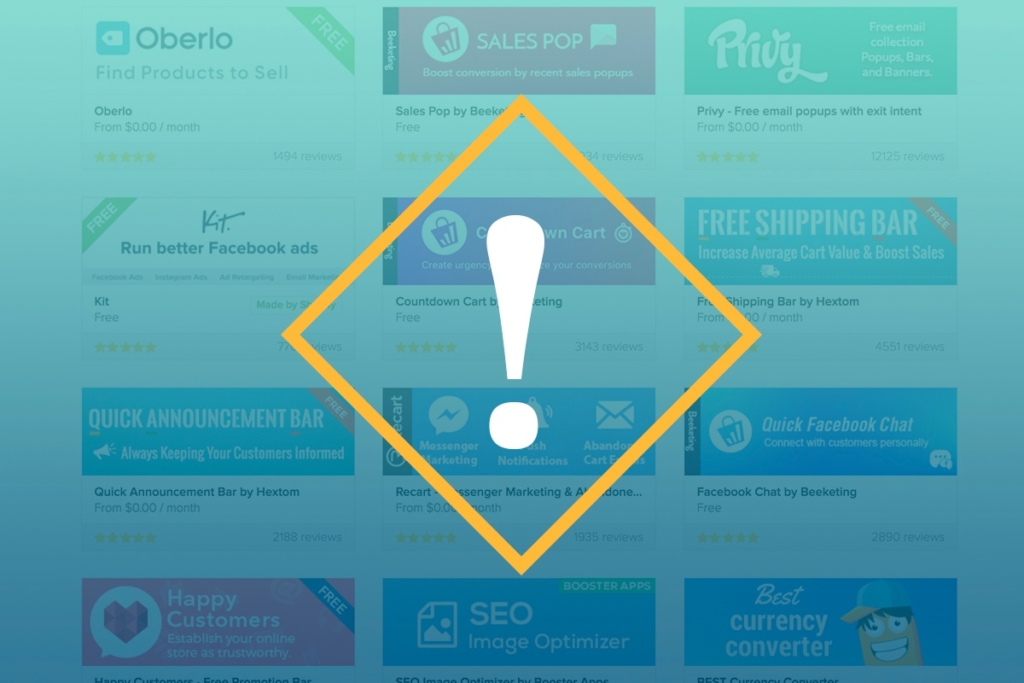
Critical Data Risks Live in the Shadows
It sounds nefarious.
Recently, you may have noticed a new term in your IT circles or forums. It may conjure up images of black hat threats from the outside, but Shadow IT is an internal concern that’s quietly building up in companies over the last several years. It’s a problem that can not be taken lightly.
The formal definition is straightforward. Shadow IT is created when software systems are deployed by departments or individuals other than the IT department. This unmanaged infrastructure bypasses all the safeguards and policies that IT departments have implemented to protect their critical business data.
Shadow IT is increasingly becoming a significant problem for modern businesses as they build a reliance on Software-as-a-Service (SaaS) and Cloud applications. Your organization needs to understand the scope of your Shadow IT vulnerability and how to deal with it.
If not, consequences may arise in the form of:
- Too many people with access to multiple applications
- Intellectual property kept or created in unreliable systems
- Incorrect configurations of applications or sharing permissions exposing sensitive data
- A significant gap in your backup and disaster recovery plan
It’s a potential nightmare scenario for any business, and chances are the issue of Shadow IT has been growing unseen for several years. Before we get deeper into the problems and how to mitigate them, let’s highlight how we arrived at this point.
SaaS Creep & Shadow IT
When you step back, Shadow IT isn’t a new concept. In the past, it might have been an unauthorized server hidden under a desk or a virtual machine running someone’s private file-sharing server. However, IT departments still controlled software deployment and had safeguards to protect business-critical data.
That’s dramatically changed today, as SaaS has become the dominant tool for many businesses. Every department, and in many cases, individuals, set up their own tools. Authorized and unauthorized.
According to the “2023 State of the SaaSOps” report, in 2015, the average company was relying on eight SaaS applications. In 2022, the average number of SaaS applications in use grew to over 130.
That’s a 1525% increase in just seven years.
And those are just the applications that you know about. The reasons for this surge are straightforward. SaaS tools have become consumerized and incredibly user-friendly for a non-technical audience. They require little to no knowledge to set up, and employees use them anywhere they can access an internet connection.
Challenges & Costs of Shadow IT
The blanket adoption of SasS has met a desire for efficiency and innovation within today’s businesses. However, the rapid push into the cloud has created new risks and security concerns. Here’s a rundown of some dangers:
Increasing Data Security Vulnerabilities
When employees use unsanctioned applications, these tools might bypass the organization’s security standards that have been put in place, like access controls, user authentication, and network security protocols. It’s mainly a concern when employees begin integrating applications. This amplifies the vulnerabilities where sensitive data across multiple tools, is exposed to potential breaches, leaks, malicious threats or accidental incidents.
Compliance Issues
Many industries are governed by strict regulatory standards (like GDPR, HIPAA, etc.). Shadow IT can create compliance blind spots, where the organization unknowingly violates these regulations due to mishandling data or storage. This is like accidentally breaking the law because you didn’t see the sign – ignorance is not a defence.
Lack of Data Encryption and Secure Storage
IT Departments usually ensure data is encrypted and securely stored. Shadow IT often creates environments which have not been properly configured. This creates a weakness in your data security strategies because the individuals administering these tools need to gain the proper skills and experience. The world of ShadowIT increases the risks of data being compromised.
Inconsistent Data Backup and Recovery
Running redundancies and building recovery strategies for large cloud applications like AWS are common now. However, SaaS applications are a different story. Most SaaS applications state in the fine print that they are not responsible for your user-created data and do not provide the infrastructure to back it up or restore it correctly. In other words, you can’t recover critical business data if it’s lost or deleted due to the lack of centralization in Shadow IT.
Unintended Sharing of Sensitive Information
Without proper governance or understanding and auditing what data is within an application, employees might inadvertently share sensitive or confidential information through unsecured channels, increasing the risk of data breaches. Non-technical users typically don’t think of data in this context. They also don’t consider default sharing permissions or the ramifications of granting too much visibility into a tool. The loss of central administration, usually handled by IT Departments, means that private information might unexpectedly become public domain.
The issues of Shadow IT are a concern, but there are approaches we can take to deal with them. The benefits of using online software across an organization are real and very appealing. The answer is not to clamp down on people within the organization and limit usage. The better path is to build strategies to mitigate problems effectively before and after they arrive.
Managing the Rise of Shadow IT
First things first, you can only manage what you know exists. The first step is to Audit and map the landscape of what SaaS applications are currently in use. If you don’t have an IT asset management plan, you likely need to start building one. Atlassian has a great primer on how to approach this.
Different IT Asset Management tools also help you uncover all the software and applications in your organization. It’s like using a metal detector to find hidden treasures (or hazards) in your backyard. These tools give you a comprehensive view of your digital landscape, making it easier to spot unauthorized apps. You need to understand what is in use and how you can properly protect the business together.
Developing a security-conscious culture is key
Think of it as an environment where security is everyone’s priority. You want to encourage open discussions about the tools and solutions employees use to do their jobs effectively. This is not about policing people. It’s about developing a common understanding.
Invest in training and awareness campaigns
These can range from workshops to regular email updates about ongoing or new risks. At Rewind, all employees go through monthly security awareness training about how to use SaaS tools safely. The goal is to educate your employees, empowering them to be part of the solution, not the problem.
You must also set the rules of the game when using SaaS tools. Develop clear policies and guidelines for acquiring and using all software and applications. Collaborating with teams on this exercise is also a great way to spread awareness and create a mutual sense of ownership. You want to avoid sounding like a strict parent. It’s better to guide your team on what’s acceptable and what’s not.
Build a comprehensive data recovery strategy
SaaS tools have limitations of liability within their terms and conditions. Most state they will not be able to recover your lost data in the event of a malicious attack, data conflict, or user-initiated accident. In almost every case, ensuring data resiliency is a shared responsibility between SaaS vendors and users of a SaaS tool. This shared obligation is more important to address with the surge of Shadow IT since centralized IT teams are no longer on the hook when disaster strikes.
Data Recovery Strategy (DRS)
A data recovery strategy (DRS) is a plan to protect essential business data, often a combination of manual and automated tasks. If something goes wrong, like accidental deletions or a ransomware attack, the DRS is your plan to quickly get back up and running again. A strong plan has clear instructions to restore systems and data, so you don’t have to spend time thinking about the next steps.
Strategies that are more manual and don’t consider the shared nature of data responsibility are at risk of negatively impacting the business. A backup solution will help safeguard your organization from the potential loss of time, data, and reputation with significantly more robust capabilities to get the right data back in minutes from any point in time.
Getting Out of The Shadows
Although many IT professionals have seen the rise of Shadow IT, it’s a concept that has caught many businesses by surprise. The good news is that a proper plan can mitigate the issues caused by having dozens of integrated SaaS applications across an organization.
Comprehensive IT asset management, encouraging open dialogue about software needs, and setting clear guidelines are vital for reducing the risks associated with Shadow IT. And always remember, when all else fails, a robust data recovery strategy will ensure your business remains resilient when the inevitable happens. A proactive approach means organizations can harness the power of SaaS tools while maintaining control of their cloud and data environment.
 Ryan Gibson">
Ryan Gibson">


